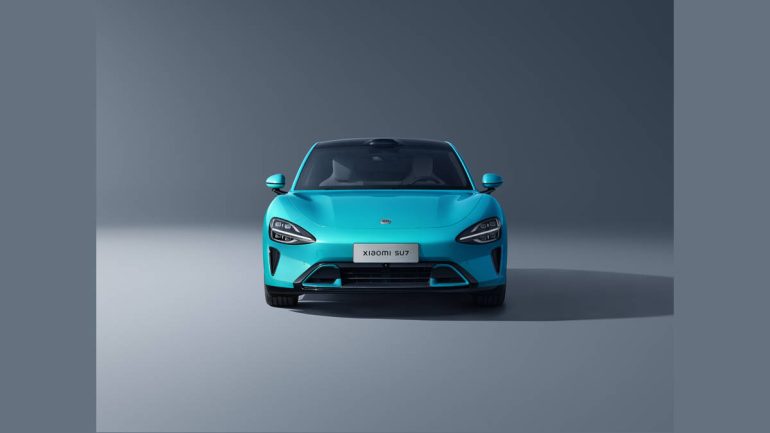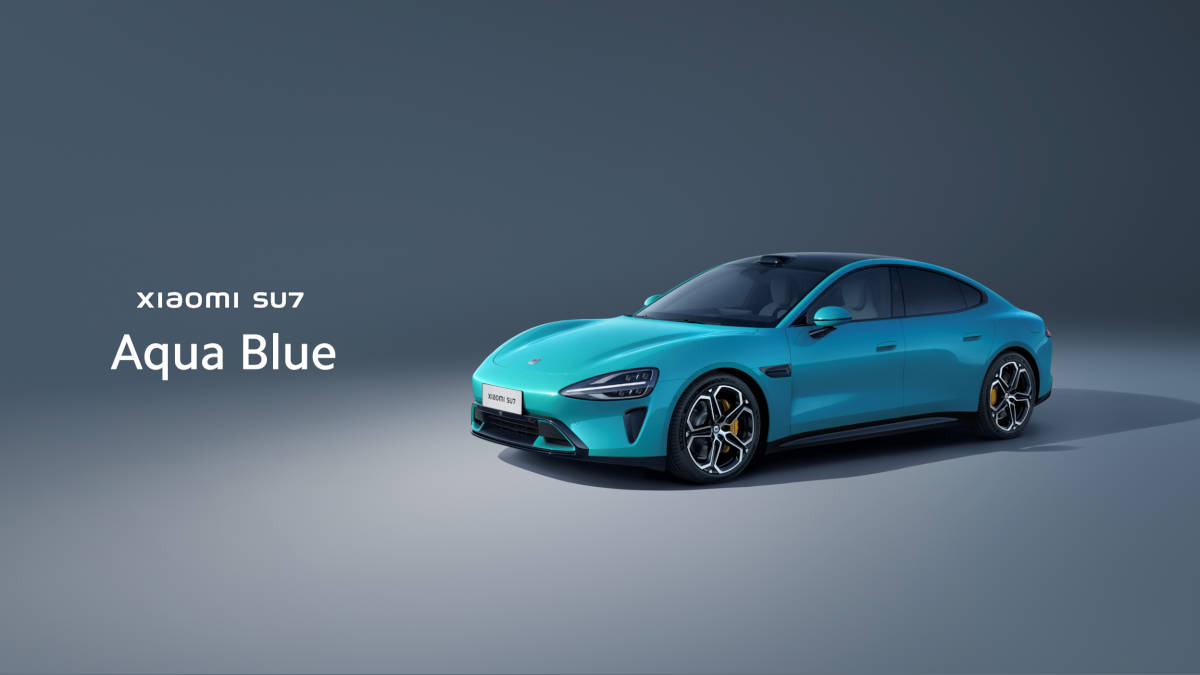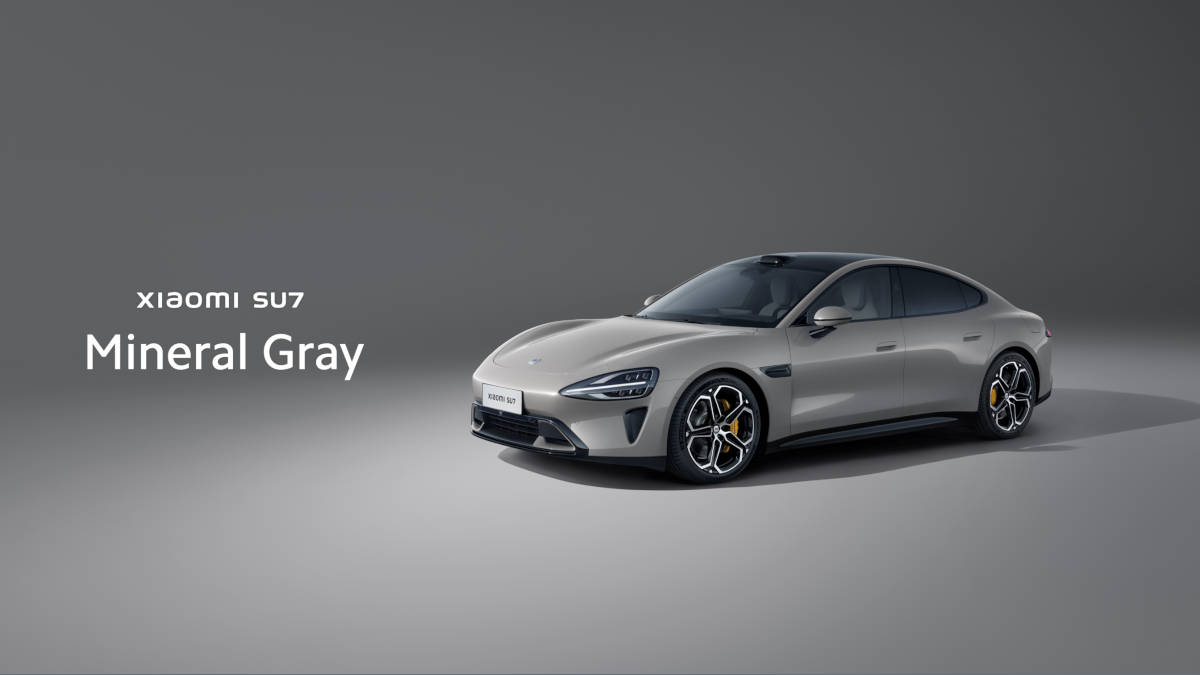Xiaomi launched the Xiaomi SU7, a full-size eco-technology sedan, for the global market. EV Technology in Beijing alongside the company’s five core technologies: E-Motor, Battery, Die-Casting, Pilot Autonomous Driving, and Smart Cabin.
Xiaomi SU7

Xiaomi EV is aiming to revolutionize the automotive industry by integrating industrial manufacturing, smart software, and AI. With over 10 billion CNY in initial research and development, the company has developed five core technologies, including E-Motor, Battery, Die-Casting, Pilot Autonomous Driving, and Smart Cabin.
These breakthroughs demonstrate Xiaomi’s 13 years of comprehensive technological accumulation since its inception.


What are the 5 core technologies?
- E-motor –
- Xiaomi showcased its E-motors, HyperEngine V6/V6s, and HyperEngine V8s at a conference. These innovative motors, using Bidirectional Full Oil Cooling Technology, S-shaped oil circuit design, and staggered silicon steel laminations, surpass traditional large V8 and V6 powertrains.
- The HyperEngine V8s, with a maximum speed of 27,200 rpm, 425kW output, and 635N·m peak torque, set a global record. The motors also feature a dual-cycle oil circuit, a patented S-shaped oil circuit, and a “step-like” staggered design. The HyperEngine V8s is set to be mass-produced in 2025.
- Battery –
- Xiaomi’s CTB Integrated Battery Technology, featuring a 77.8% integration efficiency, offers a maximum battery capacity of 150 kWh and a theoretical CLTC recharge range of over 1200 km.
- The EV also features industry-leading safety design standards, including a pressure relief valve, 14-layer physical protection, dual-side water cooling, and 165 aerogel insulation. The self-developed Battery Management System (BMS) with ASIL-D ensures high functional safety, with each battery undergoing stringent tests and 96 times the international standard of durability.
- Die-Casting –
- Xiaomi has developed its die-casting cluster, the Xiaomi Die-Casting T9100, and its proprietary alloy material, Xiaomi Titans Metal. This makes it the only domestic automaker to simultaneously research both large die-casting and materials.
- The T9100 cluster integrates 72 components into one, reducing welded joints, weight, and production hours. Xiaomi’s “Multi-Material Performance Simulation System” selects the optimal alloy formula from 10.16 million possibilities.
- Pilot Autonomous Driving –
- Xiaomi, a global leader in intelligent software technology, has developed three key technologies for autonomous driving: Adaptive BEV Technology, Road-Mapping Foundational Model, and Super-Res Occupancy Network Technology.
- Adaptive BEV Technology uses perception algorithms to improve visibility in urban and high-speed scenarios, while the Road-Mapping Foundational Model uses learning from complex intersections and driver habits to navigate smoothly. Super-Res Occupancy Network Technology recognizes irregular obstacles as continuous curved surfaces, improving recognition accuracy to as low as 0.1m.
- The company also developed the world’s first production-ready “End-to-End Sensing and Decision-Making AI Model” for automated parking. The system is equipped with top-tier hardware, including NVIDIA Orin high-performance chips and LiDAR.
- Smart Cabin –
- The Xiaomi EV Smart Cabin features a human-centric interface with a 3K central console, HUD head-up display, rotating dashboard, and seat-back extension mounts for tablet devices.
- Equipped with the Snapdragon 8295 in-car chip, it offers a seamless interactive experience similar to tablets. The system operates smoothly, launching the vehicle OS in 1.49 seconds after unlocking the door. The in-car OS integrates with over 5000 applications, and the car supports over 1000 smart home devices. It also supports CarPlay, iPad accessories, and rear extension mount applications.
To learn more about the Xiaomi SU7 and other EV technologies, you can visit the official XiaomiEV website.
Started his freelancing adventure in 2018 and began doing freelance Audio Engineering work and then started freelance writing a few years later.
Currently he writes for Gadget Pilipinas and Grit.PH.
He is also a musician, foody, gamer, and PC enthusiast.






